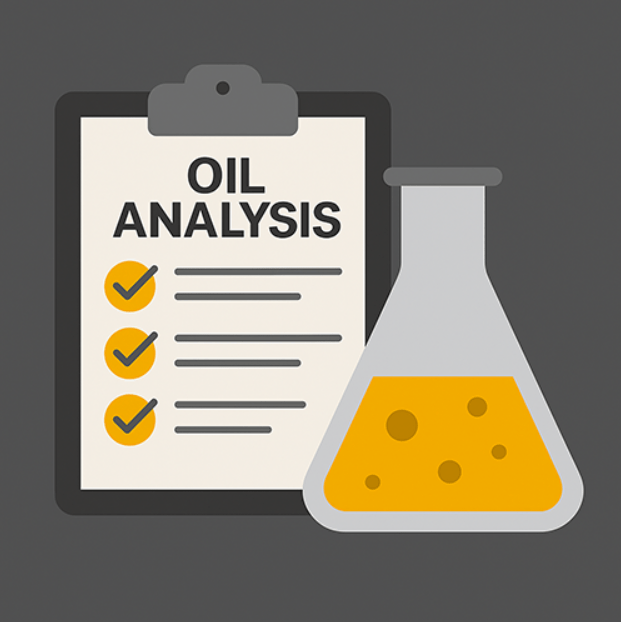The Hybrid approach
While the FluidInspectIR Inline sensors can provide actionable data required for preventive maintenance strategies, there are some parameters where a lab analysis would certainly be advisable. These are more specialized tests such as Air separation / Demulsibility or FZG loading tests which require some fairly complexed processes in which the oil has to stand for some time during the procedure or different loads have to be added until a particular characteristic is met.
With that being said, inline OCM technology has made significant advancements and the FluidInspectIR is currently considered state of the art providing lab equivalent data in real time. In addition, it is also capable of measuring nonstandard properties, such as oxidation by-products which can relate to varnish by-products or the potential to form varnish as well as monitor the quantity of antioxidants. The monitoring of these parameters could not have been done a decade ago as the technology simply wasn’t available.
The future of oil analysis will certainly be a hybrid approach where inline sensors continuously monitor the fundamental parameters and when limits are reached (either below or above), or the trending analysis shows a peculiar behavior, then specialized additional testing can be pursued using the lab infrastructure and expertise.
In this way, resources are conserved when the oil appears to be within its limits and functioning as it should. However, when these limits are reached and the component could be in danger, specialized resources will be deployed to ensure that the component does not suffer a fatality. The way forward for oil analysis is definitely a hybrid approach mixing the traditional with some of the cutting-edge technologies.
Bio:
Neil Conway – Applications Manager, Spectrolytic
Neil is the Applications manager for Spectrolytic where he develops and manages new and current measurement applications for all the product lines. Neil is also extensively involved in sensor characterisation, product development, customer training, and technical marketing.
Previously Neil has held Process Engineering positions in semiconductors with Motorola and Atmel and operated as Wafer Fabrication Manager with IR Sensor company Pyreos where he developed and commercialised the first thin film PZT IR sensor manufacturing line.
Neil is a chartered Engineer (CEng) and Scientist (CSci) and corporate member of the Institution of Chemical Engineers (MIChemE) and holds a BEng (Hons) in Chemical & Process Engineering from Strathclyde University.
Bio:
Sanya Mathura, REng, MLE
Founder, Strategic Reliability Solutions Ltd
Sanya Mathura is a highly accomplished professional in the field of engineering and reliability, with a proven track record of success in providing solutions to complex problems in various industries. She is currently the Managing Director of Strategic Reliability Solutions Ltd, a leading consulting firm that specializes in helping clients improve their asset reliability and maintenance practices.
Sanya holds a Bachelor's degree in Electrical & Computer Engineering as well as a Masters in Engineering Asset Management from The University of the West Indies and has over 15 years of experience in the industry. She has worked with several well-known companies and has been recognized for her exceptional work in the field of reliability and lubrication engineering. Her expertise in developing and implementing asset management strategies, risk assessments, and root cause analysis has earned her a reputation as a subject matter expert.
As the head of Strategic Reliability Solutions Ltd, Sanya leads a team of highly skilled professionals who provide a wide range of services to clients across various industries, including oil and gas, manufacturing, and transportation. Under her leadership, the company has expanded its services and is now recognized as a leading provider of reliability engineering services in the industry across the globe.
In addition to her work at Strategic Reliability Solutions Ltd, Sanya is an active member of several professional organizations, including the International Council for Machinery Lubrication and writes technical papers for several organizations. She is also a sought-after speaker and has presented at various conferences and seminars on the topics of reliability engineering and lubrication. She is also an avid advocate for women in STEM.


























